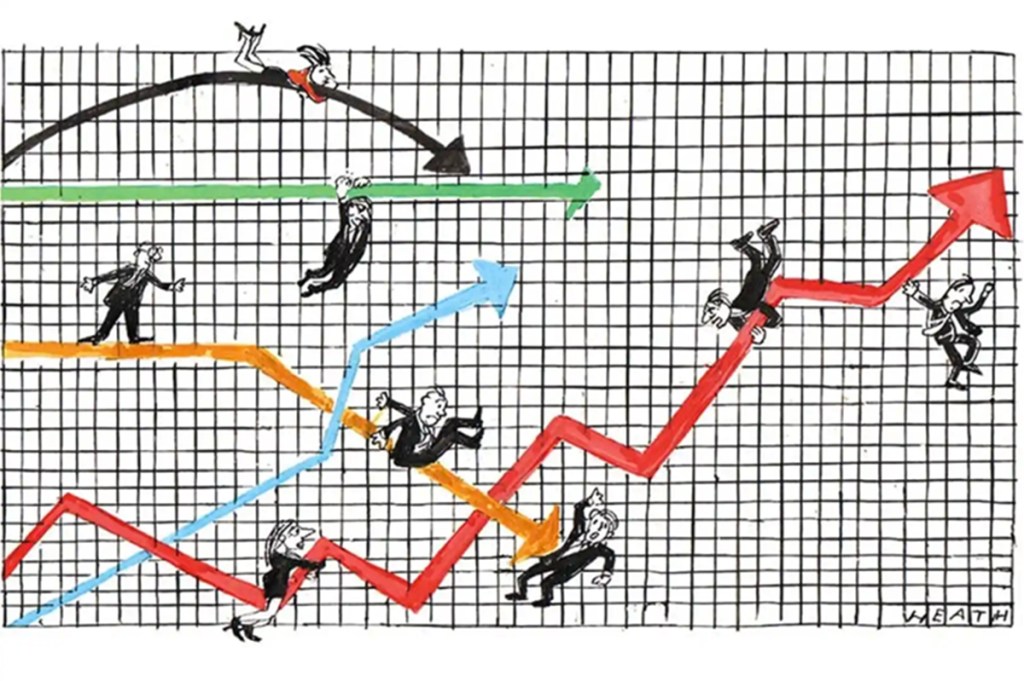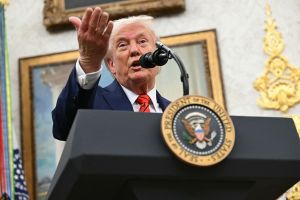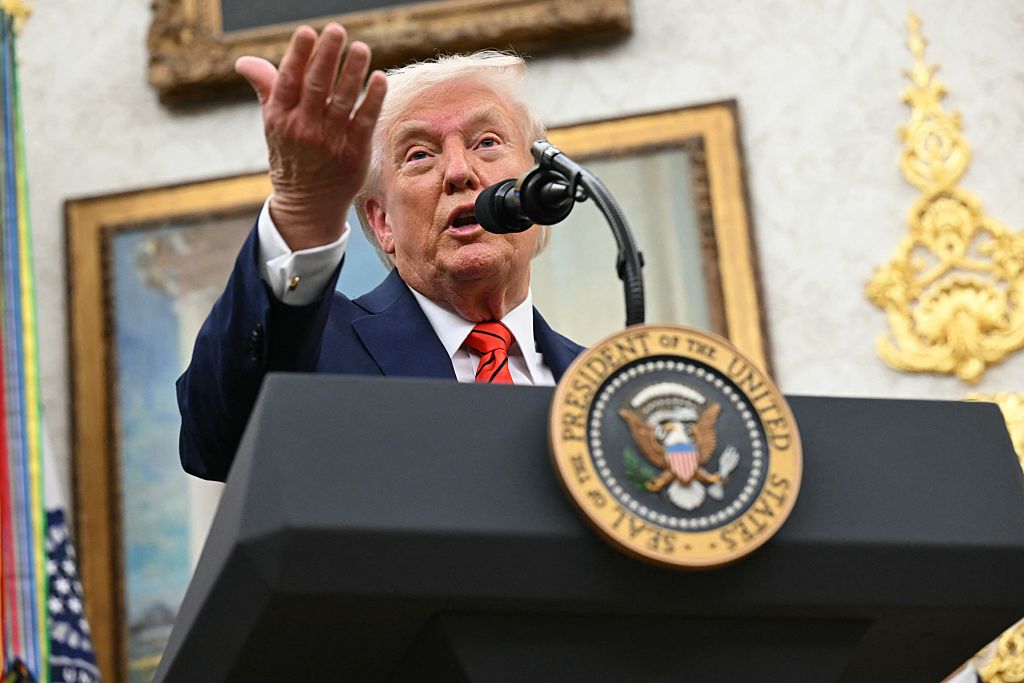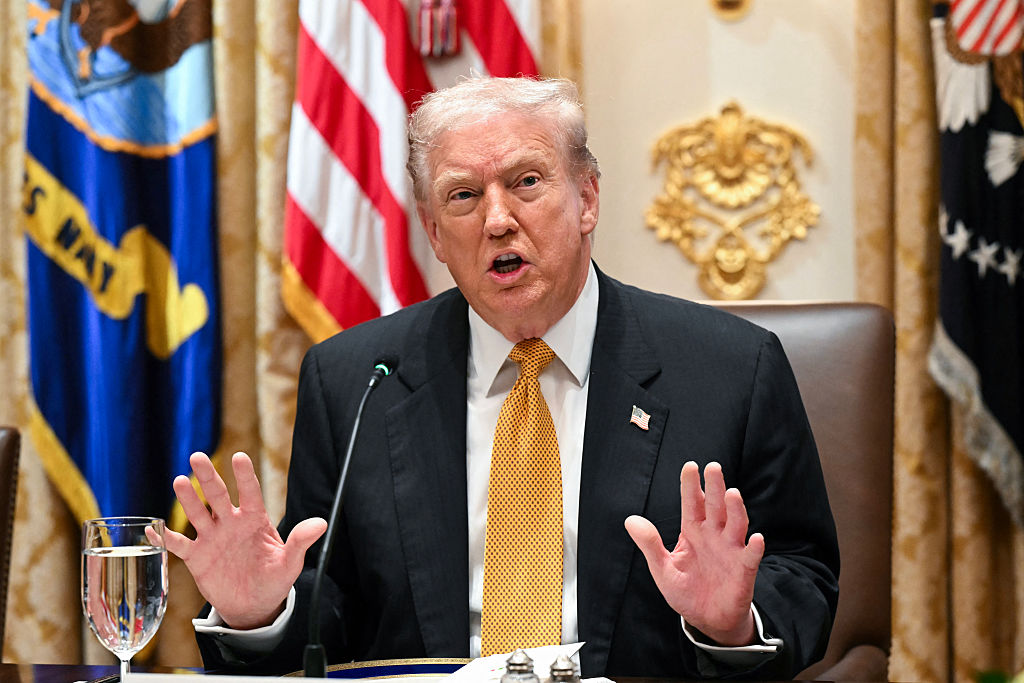By almost every historical indicator, the US is clearly approaching a debt crisis. The federal government’s aggregate liabilities now exceed its gross domestic product. The annual interest required to service federal obligations is greater than what Congress spends each year on defense. And projected annual deficits for the next decade are well ahead of estimated revenues by more than $2 trillion.
Many state legislatures are deeply underwater as well, despite receiving generous Covid related bailouts from President Biden’s 2021 American Rescue Plan Act. California’s temporary $100 billion surplus in 2022, for example, has morphed into a projected deficit of $68 billion over the next two years. And the overall 77 percent increase in state spending over the last decade has not been matched by revenues, with the result that the public employee pension plans in Connecticut, Illinois, Kentucky, New Jersey and elsewhere are barely half-funded.
As someone who has written for years about the need to discipline public sector spending, it is heartening to see that a majority of Americans are finally concerned about a sovereign liability which amounts to more than $102,984 per capita. According to polling by Pew Charitable Trusts, 57 percent of voters now agree that “reducing the [federal] budget deficit should be a top priority,” a twelve-point jump over just two years ago. And a survey taken by the University of Chicago during Congress’s May 2023 debt limit negotiations showed that a majority of just Democrat voters wanted to tie any increase to deficit reduction.
It is also encouraging to see that respected financial professionals like JPMorgan Chase CEO Jamie Dimon and investor Stanley Druckenmiller have set aside their customary reluctance to comment on politically sensitive issues in order to highlight the problem of runaway government debt. Even the recent progressive talk about wealth taxes, as foolishly as it argues for raising more revenue by disincentivizing work and investment, is at least an admission by the left that its long-professed skepticism about the danger of large deficits has been gravely mistaken. Few on the Democrat side of the aisle any longer try to defend the exploding cost of their favorite government programs with Modern Monetary Theory.
The good news, as Bridgewater Associates founder Ray Dalio documents in his study of the Principles for Navigating Big Debt Crises, is that not all fiscal crunches are the same. Some occur after the expense of financing a major war, others after the rapid deflation of a stock or real estate bubble. And still others after politicians have spent too much time buying votes with promised new entitlements and not enough on making sure the ones previously enacted are running as efficiently and effectively as they could.
More to the point, the levels of social, psychological and financial sacrifice exacted by a debt crisis can vary enormously, depending on the competence of lawmakers and the economic tools at their disposal. The United States itself has experienced three very different fiscal workouts over the last century: a very painful one following the 1929 stock market crash, a relatively mild one after World War Two and something in-between in the aftermath of the 2007 subprime mortgage crisis.
When it comes to dealing with America’s current fiscal challenge, conservative and libertarian thinkers have fortunately developed several policies which, while not designed to remedy a debt crisis, can help reduce federal spending in ways that keep the average citizen’s discomfort to a minimum. They may even make it possible for the US to emerge from its financial difficulties with a vastly improved system of public services.
One such policy, already adopted in Arizona, Florida, Iowa, Ohio and eight other states, is universal school choice. Intended primarily as an education reform — a way to give parents more control over where and how their children learn — its subsidy of parochial schools, homeschools and variety of other placements turns out to be far less expensive than financing conventional public-school districts alone.
Indeed, studies of four states by EdChoice’s Dr. Marty Lueken — Connecticut, New Jersey, New York and California (in press) — suggest that school choice has the potential to significantly trim their single largest expenditure, K-12 schooling. And while public education is primarily a state and municipal responsibility, any savings at those levels could then relieve Washington from its current obligation to pay for housing, welfare, transportation and other regional programs.
Another policy with the potential to greatly reduce federal spending is the use of so-called “payment support systems” for the provision of government subsidized healthcare programs like Medicare and Medicaid. In simplest terms, this means replacing the present bureaucratic management of a beneficiary’s medical treatment with a voucher or credit which enables the recipient to purchase his or her own health insurance from a private provider.
Originally developed in Switzerland and the Netherlands to streamline the mechanics of delivering healthcare for the government, hospitals, doctors and patients alike, payment support systems unexpectedly turned out to lower the percentage of GDP each country had to spend on medical entitlements. As to how such a system might benefit the US, the Congressional Budget Office has estimated that it could cut almost $100 billion a year from just Medicare Parts A and B.
And then there are the many ways which, according to research from George Mason University’s Schar School of Policy, artificial intelligence could help all levels of government to operate more efficiently and effectively. Resolving fines and other low-level legal disputes, giving tax preparation advice, making welfare payment decisions, generating instructional publications, conducting background checks, negotiating contracts and processing claims, delivering mail, building and maintaining roads, detecting grant fraud — these are just a few of the regulatory functions which we already know could easily be turned over to computers.
A recent study by McKinsey predicts a transition to so-called “e-government” could save taxpayers more than $750 billion annually. And given that the US currently ranks dead last (along with Mexico and the UK) in international comparisons of voter satisfaction with government services, the level of public approval for such a move has only one way to go: up.
Even a simple measure long advocated by reform-minded policymakers could reduce US debt with surprisingly positive secondary consequences: consolidate the work of those agencies with similar or overlapping missions. In 2022, Congress’ own Government Office of Accountability identified ninety-four internal mergers the federal bureaucracy could undertake to simultaneously improve the quality of its services and save taxpayers over half a trillion dollars.
To be clear, none of the above is meant to suggest that operational changes alone can keep America’s looming debt crisis from becoming one of history’s more painful fiscal reckonings. As President Reagan argued nearly a half-century ago, targeted tax cuts designed to improve private sector productivity — and therefore long-term government revenues — must be part of any realistic plan to bring the federal budget into balance. Nor do I minimize the terrible economic consequences, should the country’s newfound enthusiasm for trimming its spending begin to flag.
But if we do end up in November with an administration willing to combine a growth-oriented tax code with the innovations just described, there is every reason to believe America can experience what Ray Dalio himself has called a “beautiful deleveraging.” Plus, vastly improved public services.


























Leave a Reply